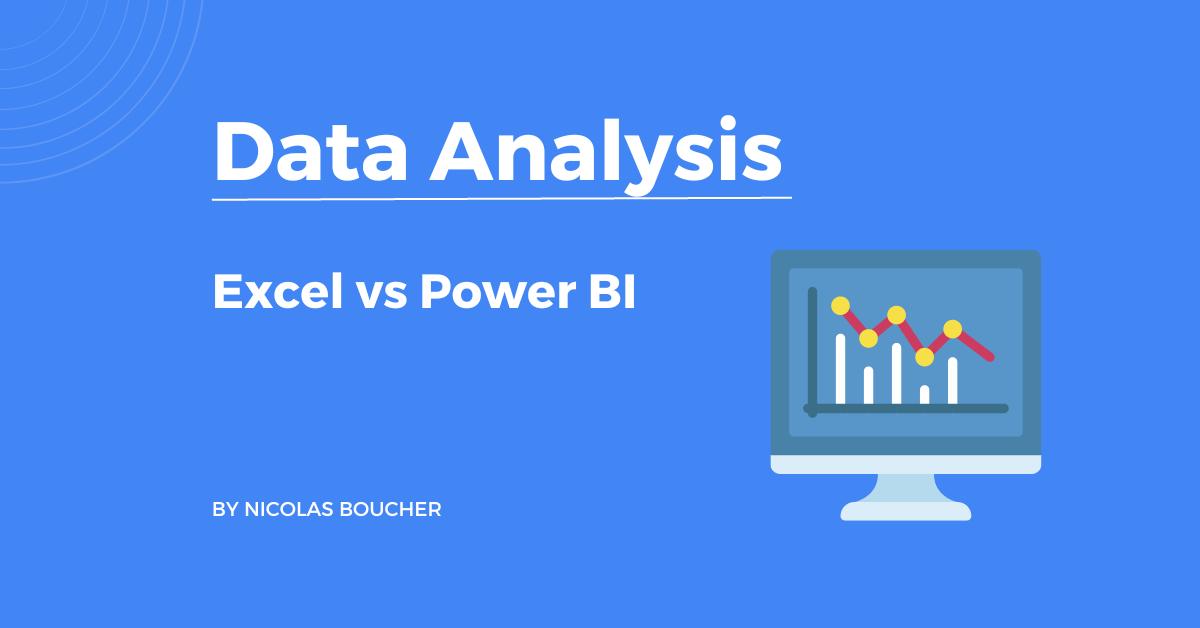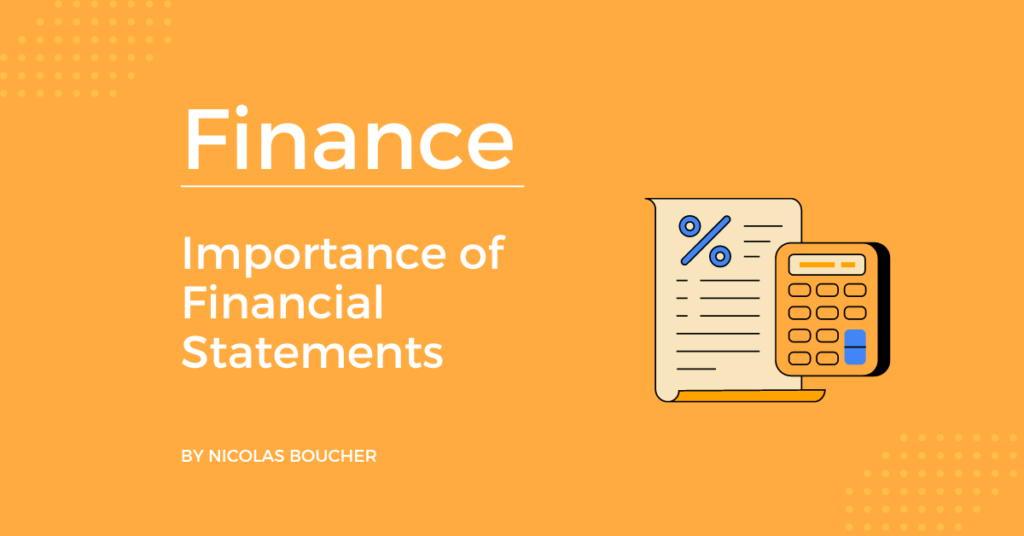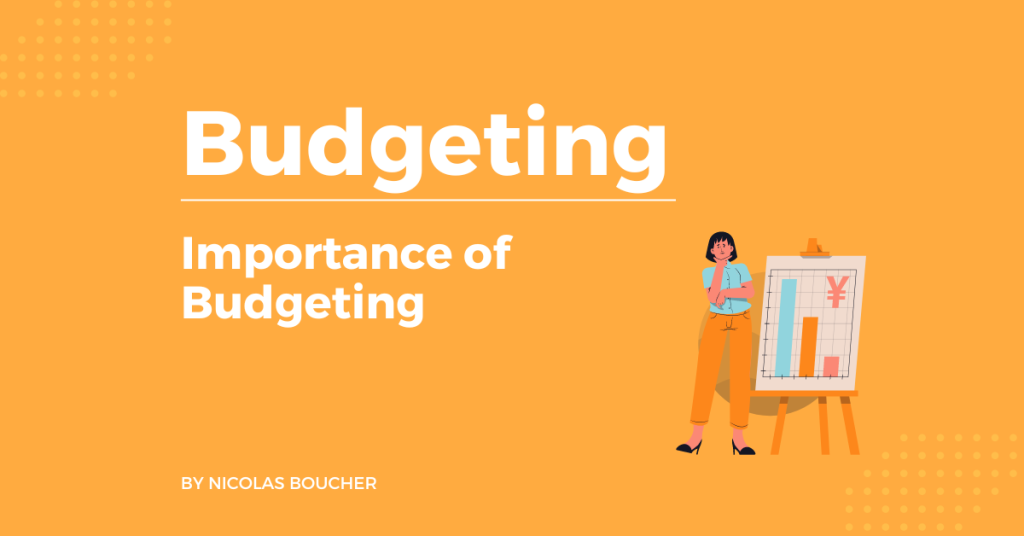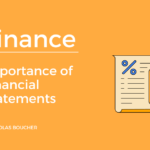When it comes to data analysis and reporting, finance professionals often face the choice between two powerful tools: Excel vs Power BI.
As a finance professional, you’re likely familiar with Excel, the go-to tool for data analysis and reporting.
However, in recent years, a new contender has emerged in the field – Power BI.
While Excel excels in organizing and manipulating data, Power BI offers advanced visualization and interactive dashboard capabilities.
Therefore, today, I’ll compare the pros and cons of Excel and Power BI, helping you determine which tool is best suited for your needs.
Also, I will provide practical steps for making the most of each tool, ensuring you can leverage their unique strengths effectively.
Table of Contents
Excel for Finance Professionals
Excel is a widely-used spreadsheet software with a range of capabilities for organizing and manipulating data.
Pros of Excel
- Familiarity and ease of use. Excel’s popularity and user-friendly interface make it a familiar tool for many professionals.
- Flexibility to create customized spreadsheets. Excel allows you to design and tailor spreadsheets to meet your specific requirements.
- Ability to use complex formulas and functions. Excel offers an extensive library of formulas and functions for advanced data manipulation and analysis.
Cons of Excel
- Limited ability to create dynamic and interactive dashboards. Excel falls short when it comes to creating visually engaging and interactive dashboards.
- Limited data modeling capabilities. Excel’s data modeling capabilities are relatively basic compared to Power BI.
- Performance issues with large datasets. Working with large datasets in Excel can lead to slower calculations and response times.
Practical Steps to Make The Most of Excel
- Learn advanced Excel functions and techniques such as pivot tables, slicers, and charts to effectively organize and manipulate data.
- Create customized spreadsheets and utilize conditional formatting to visually highlight data trends and anomalies.
- Take advantage of Excel add-ins such as Power Query for data extraction and transformation, and Power Pivot for enhanced data modeling.
Power BI for Finance Professionals
Power BI is a powerful data visualization and reporting tool that offers interactive dashboards and comprehensive data analysis capabilities.
Pros of Power BI
- Powerful visualization and reporting capabilities. Power BI excels in creating visually compelling and interactive dashboards, enhancing data interpretation.
- Self-service capabilities. Users can independently connect to multiple data sources, perform data transformations, and generate reports without heavy reliance on IT teams.
- Connectivity to multiple data sources. Power BI supports integration with various data sources, enabling comprehensive data analysis.
Cons of Power BI
- The steep learning curve for beginners. Power BI may require some initial learning and familiarity, particularly for those new to data visualization tools.
- Limited ability to manipulate data. Compared to Excel, Power BI is primarily focused on visualization and reporting, offering fewer options for complex data manipulation.
- Advanced functionality requires a paid subscription. Some advanced features and capabilities in Power BI may only be available through a paid subscription.
Practical Steps to Make The Most of Power BI
- Start by learning the basics of Power BI, such as connecting to data sources, creating data models, and building reports.
- Utilize Power BI’s visualization tools to develop interactive dashboards that allow users to drill down into data and gain deeper insights.
- Leverage Power BI’s natural language processing (NLP) capabilities to create ad-hoc reports and answer complex questions using intuitive queries.
The Final Verdict – Excel vs Power BI – The Choice Is Up to You
Choosing between Excel and Power BI depends on your specific needs and preferences.
Excel’s strength lies in data manipulation, while Power BI offers robust visualization and interactive reporting capabilities.
By considering the pros and cons outlined and following the practical steps, you can make informed decisions and effectively utilize Excel and Power BI to their fullest potential.
Moreover, take your financial analysis to the next level with ChatGPT! Choose this practical guide to learn how.
Key Takeaways
- Excel shines in data organization and manipulation, offering familiarity, flexibility, and a vast library of formulas and functions for advanced analysis.
- Power BI excels in data visualization and reporting, providing powerful tools for creating interactive dashboards and connecting to multiple data sources.
- Excel has limitations when it comes to creating dynamic and interactive dashboards, while Power BI offers robust capabilities for visually engaging data presentations.
- Learning advanced Excel functions and techniques such as pivot tables, slicers, and charts can enhance data manipulation and analysis within the tool.
- However, to make the most of Power BI, focus on learning its basics, leveraging its visualization tools, and utilizing its self-service capabilities to create comprehensive reports and interactive dashboards.











